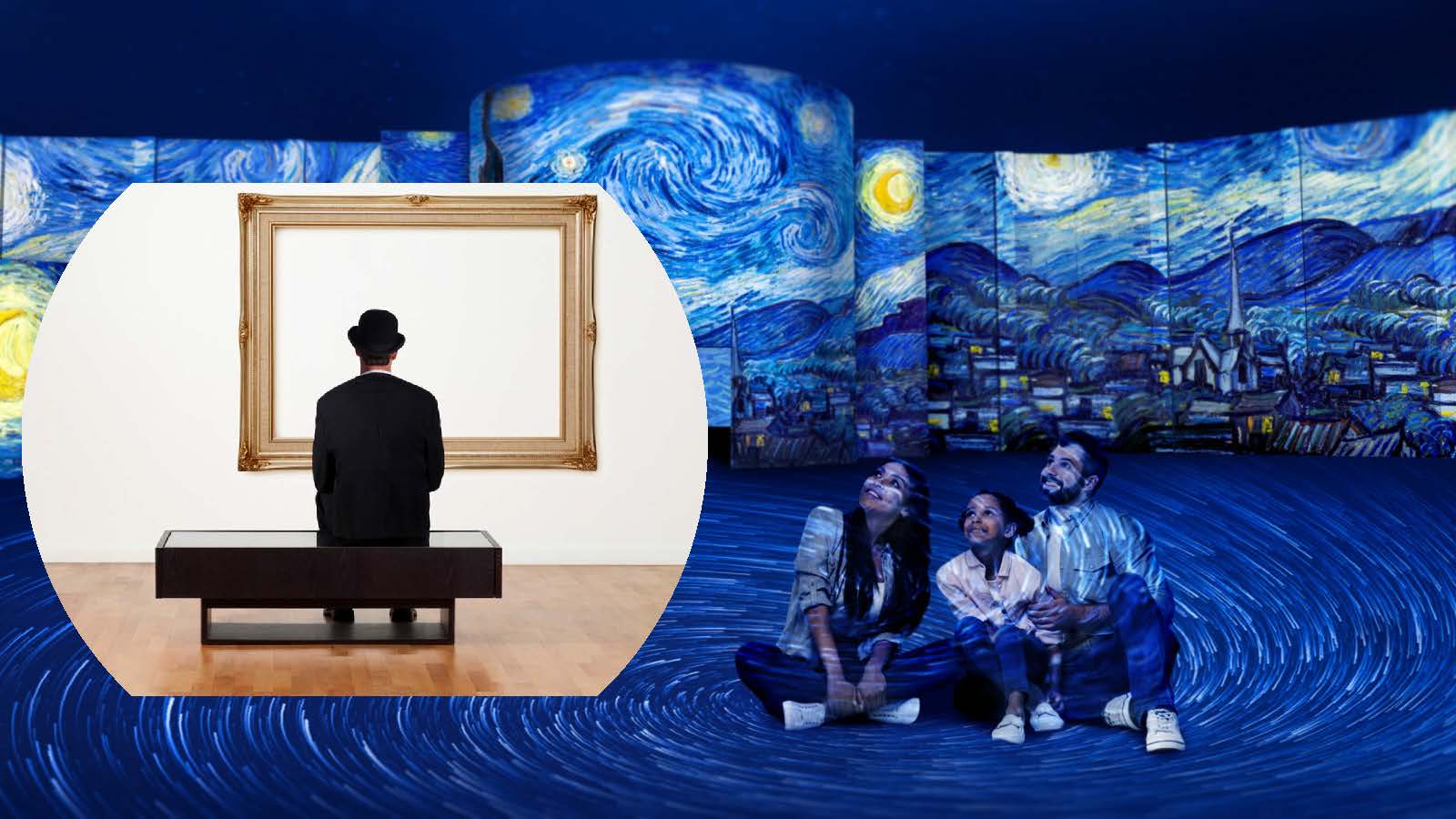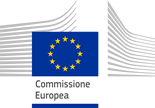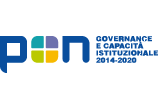
The project “The Restoration of the ex-Convent of Padri Minori Osservanti, destinated to be “Palazzo dei Musei” caught our attention because it would promote the value of art and culture in our city. The theme is “Culture and Tourism” and it was financed by the European Union, the Revolving Fund and Region Calabria, implementing Body and Beneficiary are the City of Vibo Valentia. This theme involves projects for the protection and preservation of cultural heritage, including infrastructure development projects. It also covers programmes for protecting, promoting and exploiting natural resources and improving tourism services. The destination of the building is a Museum Centre hence we focused on the type of Museum desired. We decided to gather data and information on the income of Museums in Calabria and on the different attendance in museums of Northern, Central and Southern Italy. As Vibo has been appointed “Capitale del Libro 2021” we also focused on how this event increased the number of visitors in our city. Other than looking for data on external websites and sources, we decided to gather primary data to further deepen our research in our territory. We held a survey asking questions about museums, to check the preferences of people inside and outside our school, the result of which is illustrated in our static images of the infographic. In our investigation, we firstly wanted to know which age group we were approaching. The main age range was less than 18 years old,72,6% of the answers, meaning 408 people out of the 562 interviewees. The other age groups were less numerous: people between 18-30 were 117(20.8%); even less those over 50, they were 24(4.3%) and finally between 31-50, there were 13 responses (2.3%)of the total interviewees. The second question was if people knew the difference between a traditional/static and an interactive/dynamic Museum because our aim is proposing the City Administration to create interactive, dynamic and digital museums. Surprisingly 71.2% of people (400) effectively know the difference between the two. The rest of the 162 interviewees (28.8%), didn’t know it. Next, we thought of asking if people had ever visited a traditional and/or interactive museum. As expected 81.5%,458 of them, had visited a traditional museum; while, only 155, 27.6%, had visited an interactive museum. Which tells us how we should focus on increasing the number of dynamic structures. In the end, we asked about preferences and intentions. The first question was if people were prone to visiting a museum and then we asked which type they preferred between traditional, chosen by 209 people (37.2%) and interactive, chosen by 35(62.8%). As expected more of them chose the interactive one and this proves a need for more interactive projects and structures even more. But the most astonishing finding was that up to 562 of the questioned (96,1%) were willing to visit a museum within the next months. So we decided to further investigate the Museum’s flow in the different areas of Italy. In addition, we also focused on the visitor flow in Vibo Valentia during its nomination as “Capitale del Libro”. We’ve noticed a big spike in the attendance, where the visitor numbers went from 4,133 to about 30,000. This is well shown in our dynamic/interactive illustration of the data. Taking into account all the data collected, there is a noticeable difference in the number of visitors in Central Italy, reaching their peak in 2019, being 34 million; compared to the rest of Italy. In fact, in the Southern areas, the peak was 14m in 2018. While the visitors in the North of Italy remained consistently 8m from 2016 to 2019. Another evident data is that all of the parts had a downturn in 2020 because of the Pandemic. As we can see, the worst results were not found in the South of Italy, in terms of the number of visitors, but of course, further incentives are needed to constantly increase the flow of tourists and exploit all of the beautiful resources we have. Taking into account our Region, we put together more data regarding the Museums’ attendance flow in Calabria throughout the years 2018/2019/2020. In 2018 it’s clearly evident that the city of Reggio Calabria has by far the greatest number of visitors, being 295,000; meanwhile, Vibo Valentia amounts to only 25,000 people. Throughout the years our city has reached the last place in Calabria, with the lowest being just 6,000 visitors, of course in 2020. As we’ve already said, our whole investigation highlights that Vibo needs more incentives and attention towards the topic of Culture and Tourism. Our City has great potential but it’s necessary to give it more value, which is our primary goal. Moreover, the information drawn from both secondary and primary data confirms our hypotheses and our aim. This building should host a Museum Centre, with an innovative project that applies robotic methods, the latest generation artificial intelligence, "social learning" and "big data" to the visits, placing the visitor at the centre of the museum itinerary.














